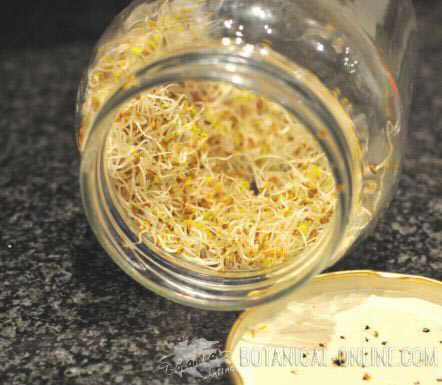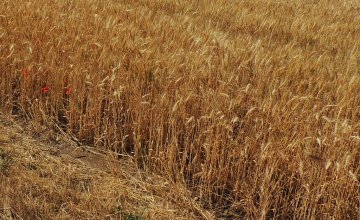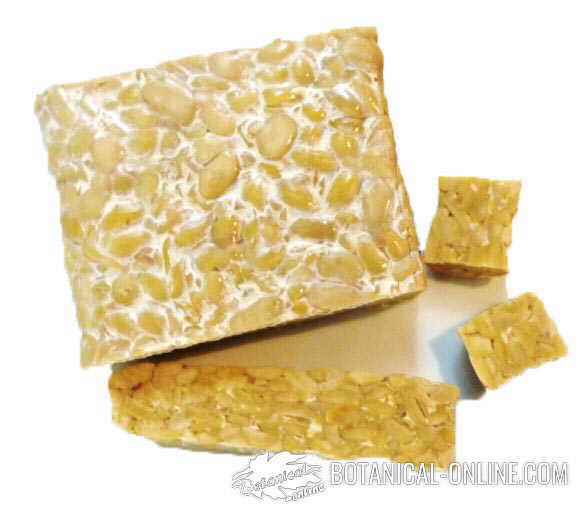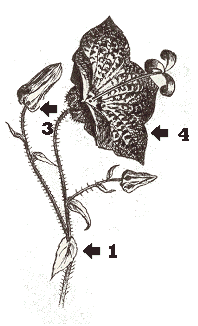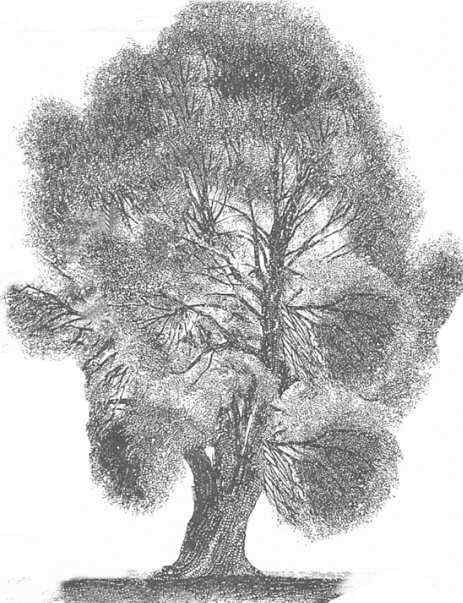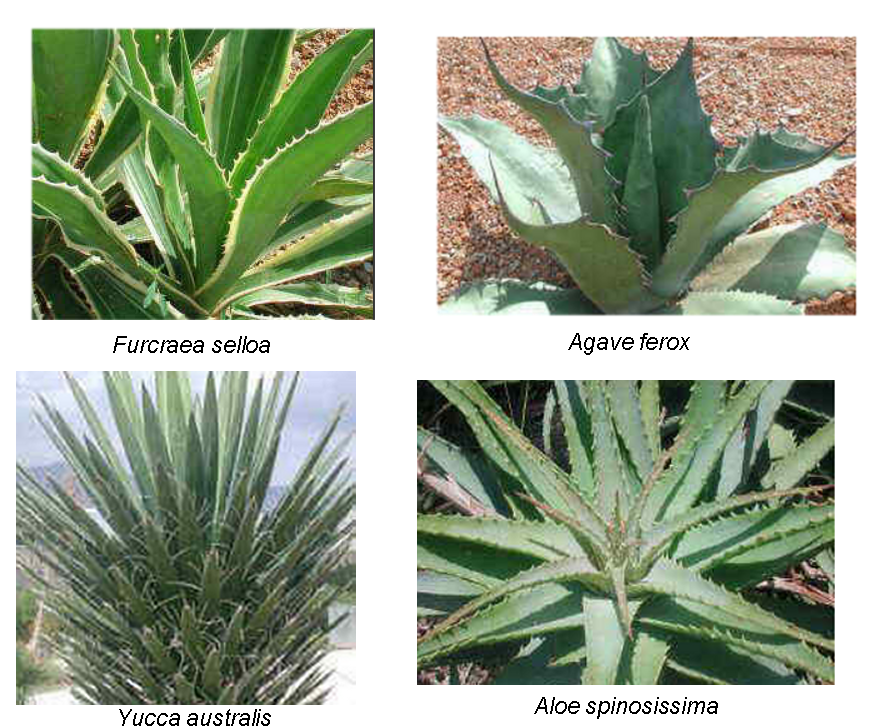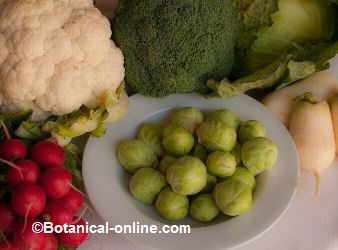Contents
Walnut tree characteristics
What are walnuts?
A walnut (Juglans spp) is a species that belongs to the walnut family or Juglandaceae, containing about 59 species, all them showing pinnate leaves and flowers belonging to a single sex although in the same tree.
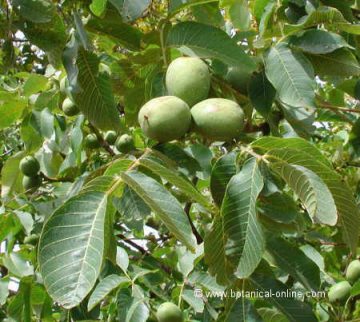
Characteristics of common walnut
Of all them, the most widely known is the common walnut (Juglans regia). It can attain 30 meters high.
Leaves till 25 long, divided in 7 or 9 leaflets with a sinuate edge.
Flowers greenish. The male ones in form of hanging catkins till 15 cm of longitude; the female ones, solitary or in spikes in groups of four.
The fruits are called walnuts, although they are not properly nuts, but drupes with an edible inside.
Origin of walnut tree
Native from Asia Minor and from the southeast of Europe, it can grow in the wild in some places in Caucasus and Armenia.
Where is it cultivated?
Cultivated species can be easily found in temperate areas in Europe, Asia, Africa and North America, being California in USA where the production is the biggest.
It can be found from sea level until more northern areas in the humid temperate forests, where it could share a natural vegetation with other trees such as pines, oaks or beeches.
Its level of tolerance to a extreme climate is so wide that some walnut varieties can almost reach 3000 meters high in the mountains of Himalaya. (The common walnut tolerates temperatures down to -17 ºC).
Varieties of walnut trees
Many cultivated varieties exist. Among all we could mention the following ones:
- Saint John, Pacana (Spanish varieties)
- Chico o Pedro (Californian)
- Parisienne (French variety)
- Sorrento (Italian variety)
- North down (English variety)
Uses of common walnut
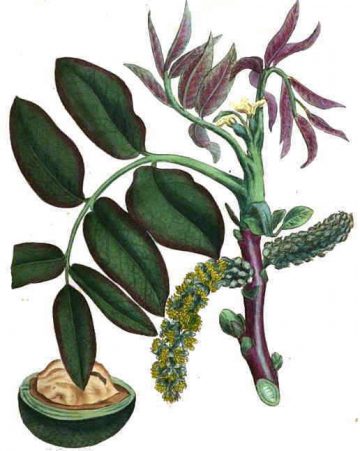
- Edible fruits
- Edible oil
- Medicinal properties
- Timber tree
Characteristics and uses of walnut wood
Broadly well-known for its fruits, the common walnut also highlights for its wood, This has a reddish color and it is frequently used in joinery, being a species that possesses a very easy to work wood but, at the same time, very resistant to rot.
It was traditionally used to carry out saints or virgins’ sculptures, as well as decorations of altarpieces and seats in churches and cathedrals. In the XVI century it took the place of the oak in the realization of luxurious furniture.
As a board wood it began to be used in the XVIII century, together with other pieces of joinery, as tables, clocks, etc. Still today it is considered a wood of quality to cover the external part of diverse furniture or to decorate dashboards of high standing cars or ships.
Species of walnuts
Besides the species of common walnut (Juglans regia), we have other walnut species such as:
- Black walnut :(Juglans nigra) It is a species that grows in the East of North America and whose hard nuts have constituted a good food source for the indigenous tribes. It is characterized by its big leaves that can reach till 60 cm long. Its wood is the hardest, reason why it is much used in buildings, besides in the production of furniture or ships.
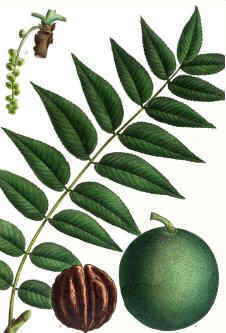
Black walnut(Juglans nigra)
- Japanese walnut (Juglans ailanthifolia) : With less height than the previous one, it simply attains 18 meters high, although its leaves are longer, being able to extend till 80 cm long. Native to Japan, it highlights for its nuts that are very flavorful and end up in prolonged tip in one of the ends. Its bark has been used in the dyeing industry.
- White walnut, butternut (Juglans cinerea) Coming from the East of North America, it stands out for its nuts covered with hair and for its leaves covered with starry hairiness at the back. Its bark has also been used in the dyeing industry.
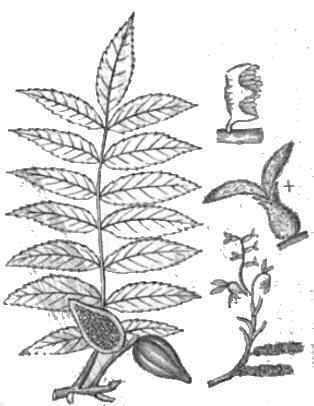
White walnut (Juglans cinerea)
![]() More information about walnut.
More information about walnut.

